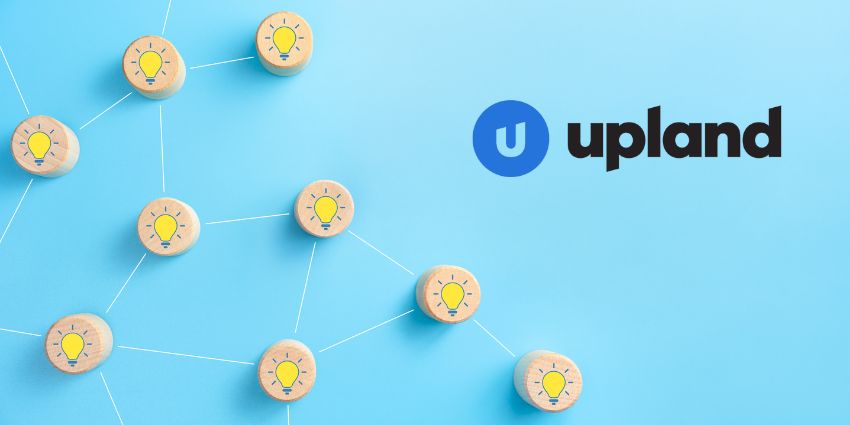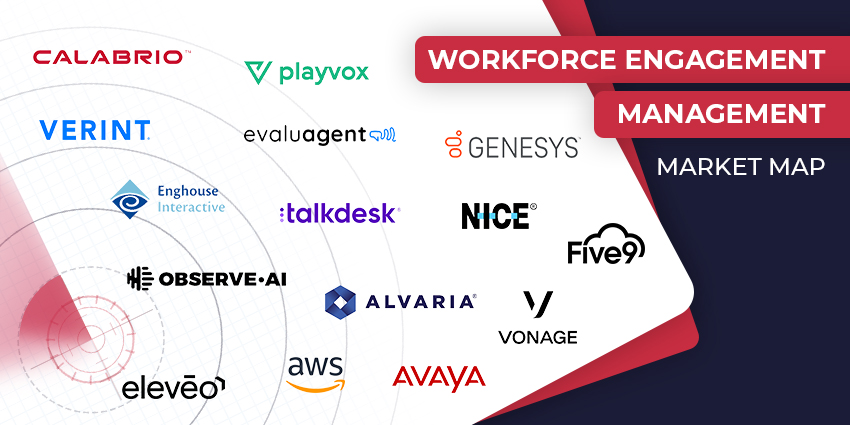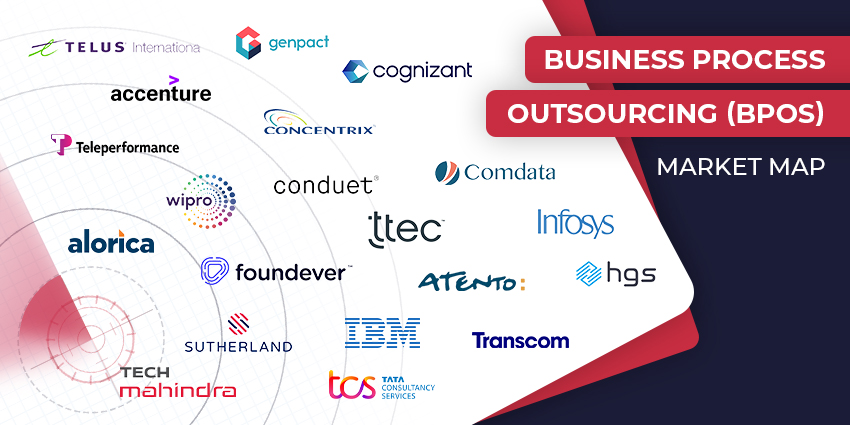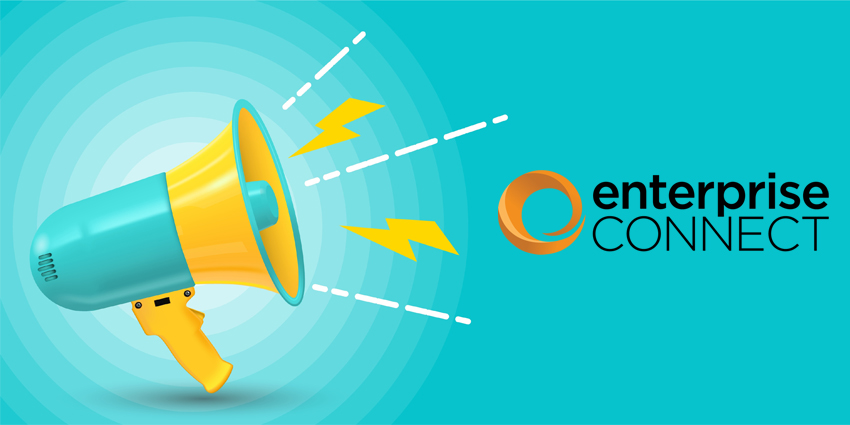Service level is a critical metric for contact center workforce management (WFM).
If it spirals out of control, the contact center comes under increasing pressure, customers wait longer in the queue, and agents bear the brunt.
Yet, first things first, let’s start with the basics and a standard service level definition.
What Is a Service Level, and How Can I Calculate It?
Service level is the percentage of inbound calls the contact center answers within a predefined speed-to-answer threshold. The operation calculates it across a specific period.
Contact centers will target a service level across each channel, staff to this, and measure the metric in real-time to see if it is meeting this target.
Traditionally, contact centers aim to answer 80 percent of inbound phone calls in 20 seconds. This is their service level.
To see if they are meeting this target, contact centers can use the following formula:
Service Level = (Number of calls answered within the threshold ÷ the total number of inbound calls) x 100
Contact centers can use data from their ACD system to measure this. Yet, nowadays, reporting tools will automatically run the calculation in real-time.
For those smaller operations building spreadsheets to calculate service level, however, it’s good to know how this formula works. So, here is an example of how it works.
Let’s say a contact center aims to answer 80 percent of customer calls in 20 seconds and reports on this every hour. It receives 200 inbound calls in an hour. Agents answer 150 calls in 20 seconds, while the rest take longer.
The contact center would calculate its service level like so:
(150 ÷ 200) x 100 = 75 percent
As a result, the contact center fell short of its 80 percent goal. As such, it was a little understaffed – on the phone channel – across this period.
How Does Service Level Impact CX?
A low service level shows that many customers wait longer than the contact center intends.
These long wait times irritate customers and increase abandon rates, likely resulting in lost business.
On the other hand, when contact centers meet their service levels, it improves each customer’s perception of the service experience and business as a whole.
Salesforce research supports this. It finds that 91 percent of customers getting good service are more likely to make a purchase, underscoring the criticality of this KPI.
CX-focused companies often work on this metric to improve their customer experience. For example, Body Shop achieved a 96 percent service level, with a 14-second speed of answer threshold.
Yet, many brands would question the cost-effectiveness of such a strategy. Indeed, it implies that many agents are waiting around to take contacts. Great for customers – and the reps – but not for operational costs.
Nevertheless, such service level achievements are rare, especially in the tight labor market.
3 Ways to Hit Your Service Level Targets
Here are some of the most effective strategies business leaders can utilize to boost their chances of hitting their service level targets.
1. Improve Forecasting Accuracy
When forecasts go wrong, the contact center either goes under- or over-staffed. In the latter case, operations will hit their service levels, but costs will skyrocket. Meanwhile, understaffing means meeting the service level target becomes mission impossible.
Using forecasting tools instead of heavy-duty spreadsheets will allow contact centers to find the optimal balance.
How? Well, these solutions often contain 100+ forecasting algorithms. By testing each, contact centers can pinpoint the ideal model for their unique environment, harnessing this to automate most of the process.
2. Leverage Real-Time Management
Otherwise known as “intraday management”, this process involves consistently monitoring performance and dealing with workload changes in the moment.
Real-time management allows planners in the business to adjust through the day and uncover issues in real time.
Companies can benefit from real-time management tactics like monitoring team and individual agent schedule adherence, making ad-hoc changes to schedules when necessary, and setting up specific service level threshold alerts when particular teams are struggling.
3. Lower Average Handling Time (AHT)
If the contact center lowers handling times, it gets through more customer contacts and shortens wait time. This is conducive to improved service level performance.
Nevertheless, reducing AHT is more challenging than telling agents to hurry up. When they do so, they make more mistakes, and customers call in again.
Instead, be more tactful. Isolate which query types typically drive high AHT, review the call handling process, and make changes to streamline the agent experience.
A Final Point
Service level is not a metric to measure agent performance. After all, it is not reflective of their performance; it indicates the accuracy of the WFM team’s plans.
With that said, service level does have a profound impact on agent performance. After all, if the contact center fails to reach its target, they get less of a break between calls. The result over a long period is burnout.
Also, as customers must wait longer, they are more likely to be frustrated when they reach the agent. Often, this spills over into anger, and dealing with that is not easy.
So, respect this link between service level and agent engagement. If a contact center does not, absence and attrition will likely result.







